In the 1990s, while hiking through Jack London State Historic Park, Tom Stapleton stumbled across a mystifying organism: a ghost-white redwood.
After the incident, Stapleton visited a library and checked out The White Redwoods: Ghosts of the Forest, by Douglas F. Davis and Dale Holderman. Soon, Stapleton was scouring the forests of Sonoma County in search of other albino redwoods, as if they were geocaches or Pokémon.
But searching for mysterious ghost trees in the wild was just beginning. Over the last couple years, Stapleton patented three albino redwood varieties, named “Mosaic Delight”, “Grand Mosaic,” and “Early Snow,” which are albino redwood chimeras, meaning they express two distinct sets of DNA in different, clearly delineated areas. Some branches are green, while others are a ghostly white.
The patents arose from a collaboration between Stapleton and Dale Holderman, the co-author of the albino redwoods book. In 1976, Holderman discovered the pollen of an albino redwood tree during a field experiment. He crossed the pollen with that of a regular redwood. As expected, the experiment produced an equal number of albino seedlings, green seedlings, and green-white hybrids. (The purely albino seedlings, which cannot photosynthesize on their own, quickly died.)
Among the green-white hybrids, three trees, in particular, grew as albino redwood chimeras. Years later, Stapleton became the first person to successfully propagate these unique varieties. The first, named “Mosaic Delight,” was patented in 2016. Unfortunately, three days after its approval, Dale Holderman passed away. With the blessing of Holderman’s family, Stapleton carried forward the process to have the other two chimeras patented. By patenting these varieties, Stapleton hopes to sell propagates to the floral industry, which would offset research costs.
Also, Stapleton points out, sales might minimize the poaching of wild albino trees, which hold completely unique genetic material. “My hope is people will have less of an inclination to clip branches in the wild because they’re rare and pretty.”
In late 2016, botanist and University of California, Davis Ph.D. student Zane Moore announced a curious discovery: Albino redwoods in the wild hold twice as many toxic heavy metals compared to green trees. This observation led to the next logical question: Instead of being mere parasites, sucking nutrients out of green trees that can photosynthesize, do albino redwoods serve an important purpose by removing toxins from the redwood ecosystem?
Eventually, Moore and Stapleton will collect and analyze dead plant matter and the soil, testing each one for levels of nickel.
Alongside the nickel experiment, Stapleton is interested in propagating rare albino redwood varieties, including the three patented chimera redwoods, so their genetic material will be accessible to researchers in the future.
“Eventually I’d like to find an arboretum or botanical garden where I can have a collection of these rare trees archived. It could be a place where scientists and botanists could go to study these trees collectively long after I’m gone,” Stapleton says.
Stapleton who never received a formal college education is self-taught, and he conducts his research independently, because of his passion for albino redwoods.
“I like to think of myself as streetwise when it comes to studying these rare mutations. I have spent thousands of hours in the greenhouse and have poured over countless books in order to educate myself about these fascinating trees. People know coast redwoods for being the tallest tree species in the world, but most don’t know that they’re also quite unique for their albinism. One of my goals is to educate people that there’s a whole other side to the redwood story that can be learned about.”
Stapleton descibed in a research article on his website, Chimera Redwoods, climate adaptation experiments with albino redwoods that point to resiliency with the species.
In the future, Stapleton plans on continuing his research studies with albino redwoods in the field and greenhouse to hopefully shed more light on understanding why these mutations exist. By working with botany experts like Zane Moore and other scientists, Stapleton hopes more can be learned about the redwood species.
Until then, we continue to ponder the existence of the mysterious albino redwoods.
Learn more about albino redwoods and other scientific discoveries in the coast redwood and giant sequoia forests.
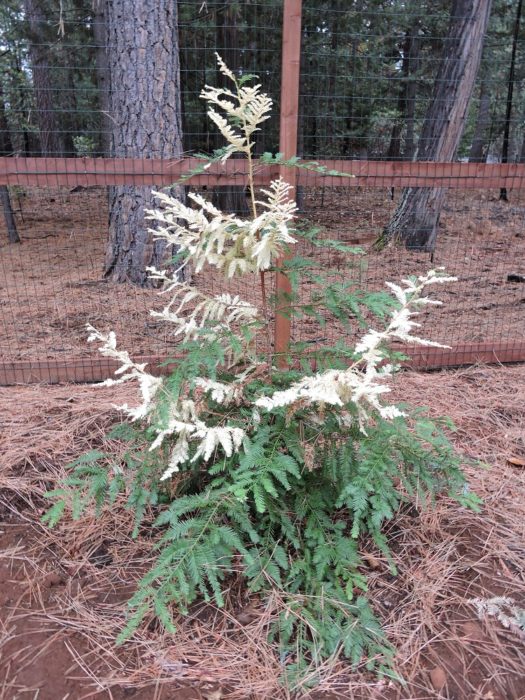
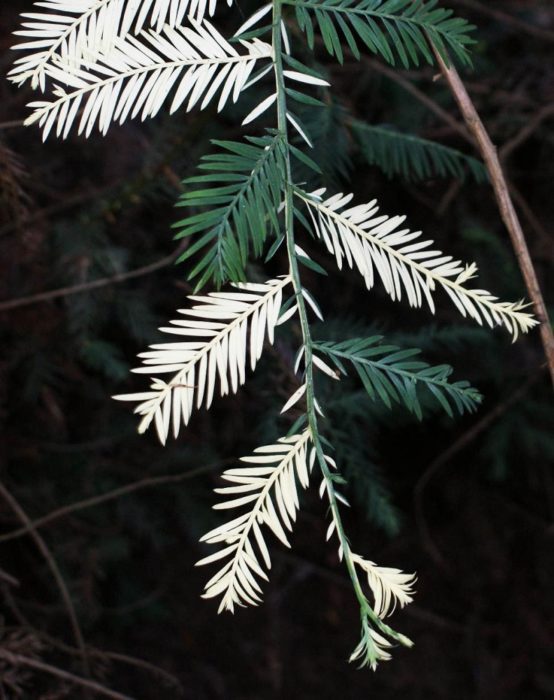

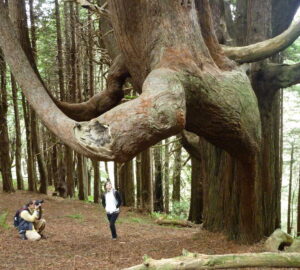
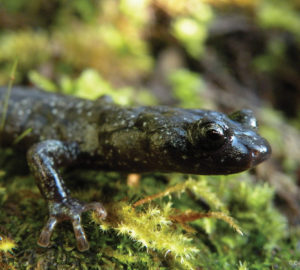
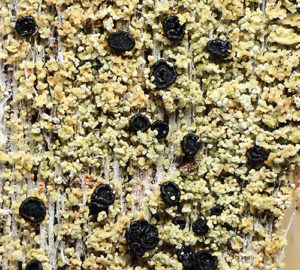
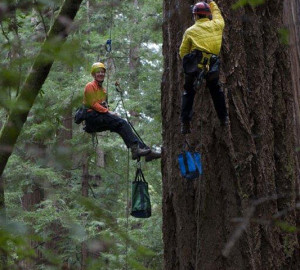
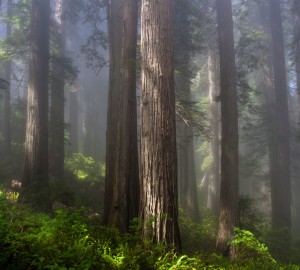
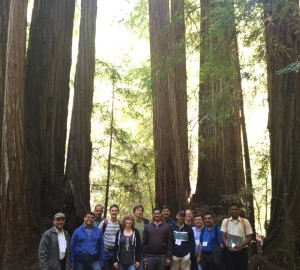
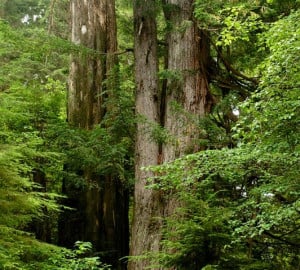
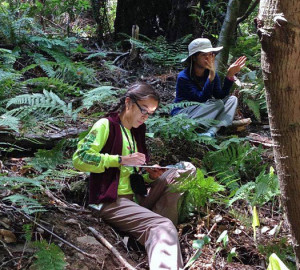
One Response to “Pondering the Existence of the Mysterious Albino Redwoods”
Jared
Hello I was recently hiking with a friend finding a albino Redwood located in close proximity to several other healthy redwoods probably five foot tall seemingly full albino with no visible green leaves the tree was not in healthiest condition however did not seem to be compromised I was looking to find any information for someone who may be interested in researching the specimen